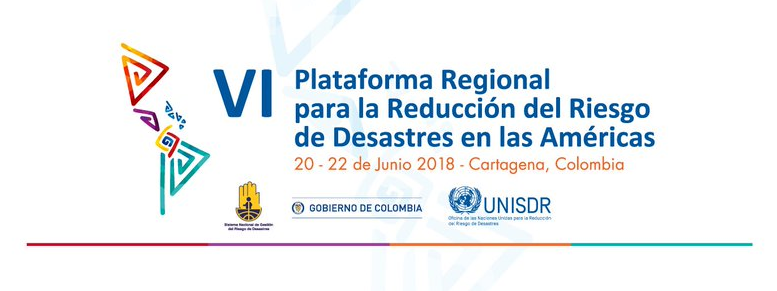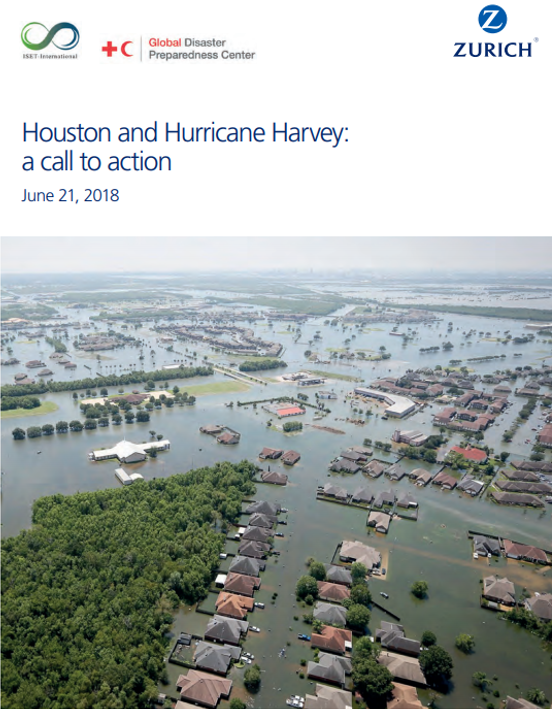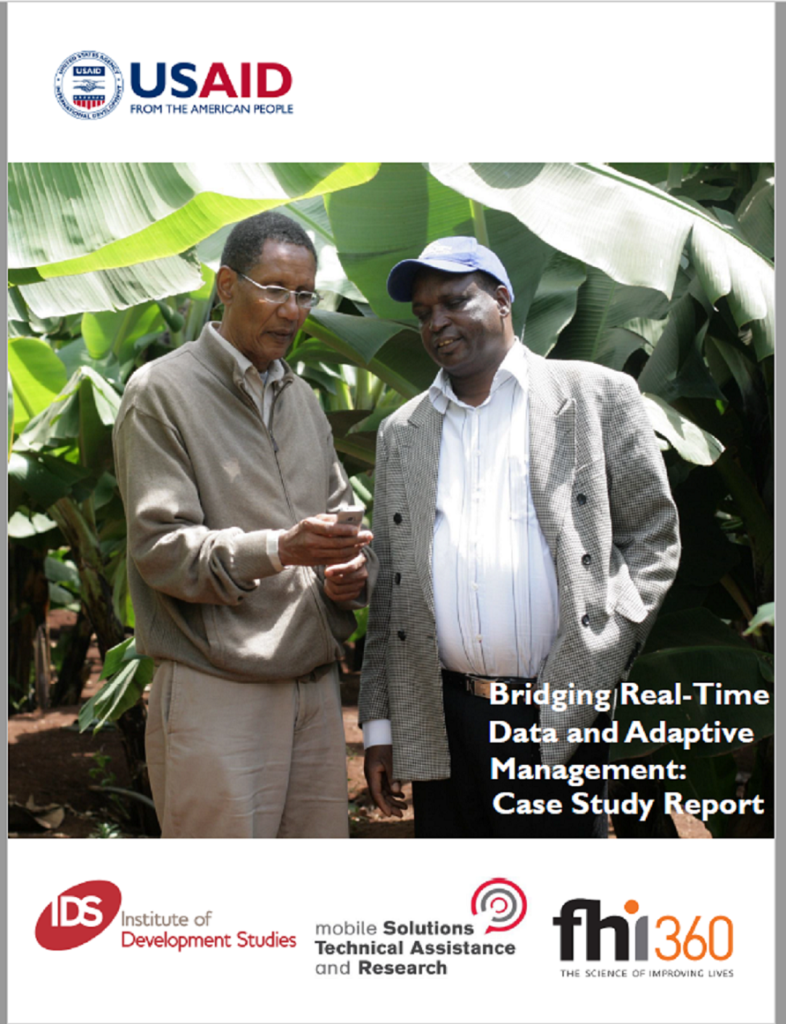Natural Disasters and Extreme Weather Top List of Most Likely and Impactful Risks in Next 10 Years
Natural disasters are among the greatest risks the world will face in the next 10 years, according to the World Economic Forum’s Global Risks Report 2018, which annually seeks to identify and analyze the most pressing global catastrophic risks. In the report, natural disasters ranked as the #2 most likely and #3 most impactful risk […]





